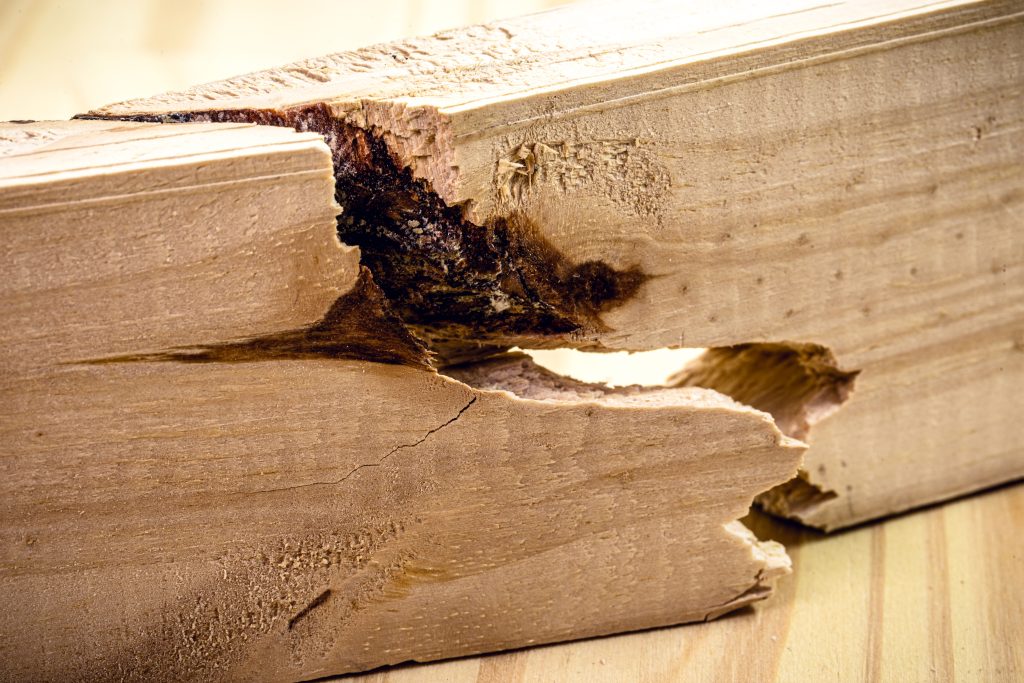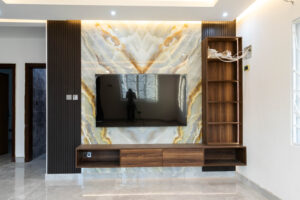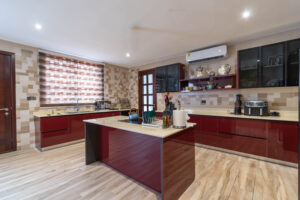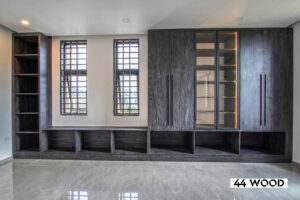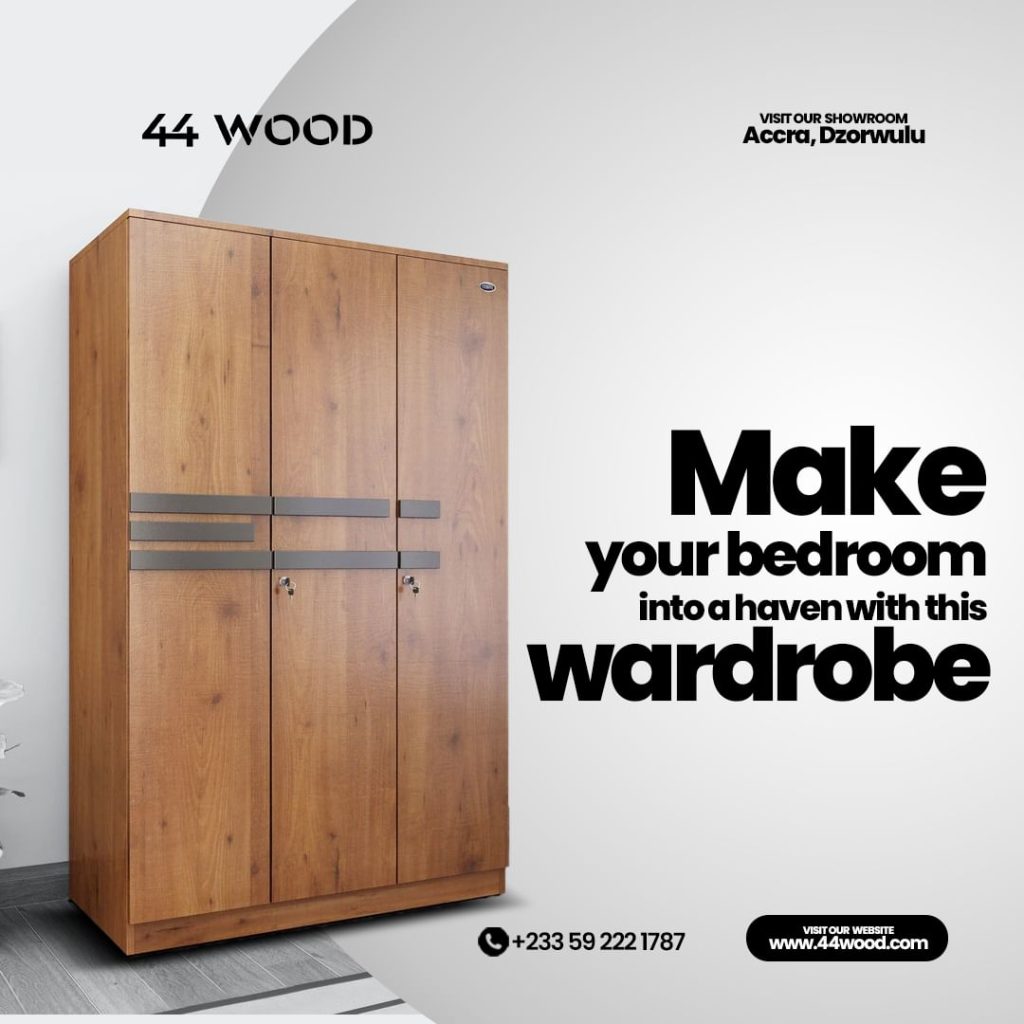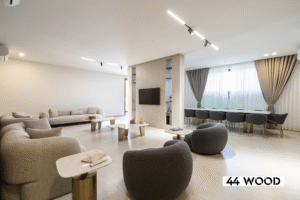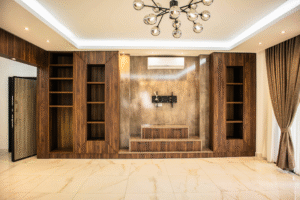Wooden Furniture is highly susceptible to termites and can damage your entire home’s wooden Furniture, including your health. They proliferate quickly on furniture pieces if action isn’t taken rapidly. In this blog, we will walk you through the tips for protecting your Home Furniture from termite infestations.
Termite Infestation Signs
Let us first walk you through the signs of termite infestations to quickly recognize them before they damage your kitchen cabinets, wardrobes, and other Home Furniture pieces.
Abandoned Swarmer Wings
Termites keep their wings only for a shorter period, and once that time is over, they discard the wings & look for places to build their nest. You can find piles of abandoned wings in your house’s doors, windows, cabinets, and other furniture pieces.
Peeling Paint
Termites live in dark & moist areas, and they build mud tubes to increase moisture levels. For this, they make tunnels in floors & walls, resulting in paint peeling & floors appearing swollen.
Termites often eat up top paint layers & dig deeper into the surface of the flooring. Ensure to rigorously check your house plumbing systems to confirm that paint peeling & swollen floors are not because of the leak.
Mud Tubes
Termites invade artwork & paintings on your house walls and make tunnels while eating wooden furniture pieces. You can find those little tunnels in your desk, table, cabinets, drawers, shelves, and other wooden furniture.
Termites create Mud Tubes apart from Artwork infestations. Mud Tubes are made from debris, soil, and wood to preserve moisture & protect their nest. They use Mud Tubes for food sources and can be located near your home.
Hollow Wood
It is challenging to locate, and you must inspect to check for structural damage to your Home’s Wooden Furniture, flooring, or walls. You can determine by tapping hard on wood pieces; if the dust or hollow sound comes, it means termites are present.
Termite Droppings
Termite stool is one of the gross things that could be found anywhere inside & outside of your house, and mostly near wooden furniture pieces. Termite droppings are slightly darker in color than wood & have a pellet shape.
Termites Swarms
People often confuse winged termites with winged ants. However, you can locate winged termites by their size. They all are the same in size, unlike ants. Termites’ abdomen is narrow, and the antenna is straight. Through these differences, you can ascertain termite infestation in your house.
Tips to keep your Wooden Home Furniture away from Termites
Termite invasion is arduous to eliminate as they are resilient and requires immense patience & persistence to mitigate them. The following are the ways to keep your Wooden Home Furniture away from Termites:
Expose Furniture to Sunlight
Termites love living in dark & moist places. Hence, the best way to eliminate them after determining termite invasion is to keep your Wooden Furniture directly exposed to sunlight.
We recommend keeping it in sunlight for at least 3-4 days as they can’t survive sunlight & heat. After 3-4 days, you will notice termites fade out. You can wipe off the dust with a clean cloth & sprinkle termite infestation spray to stay safer.
Cardboard Trap
One of the best ways to trap termites in cardboard is by placing it near their nest entrance or area where termites pass frequently. For this, take a piece or whole cardboard box & pour water all over it to make it thoroughly wet.
Then place it at the termite-invaded places as its moist & timber smell attracts nearby termites, and once they are inside, cautiously take the cardboard outside & burn them alive.
Keeping Wooden Furniture Polished
It is one of the effective ways to prevent termite invasion. We recommend keeping the polished and dry as moist furniture pieces attract termites, and the polished furniture smell keeps the termites away. Also, a protective layer of polish extends the furniture’s lifespan and keeps it radiant intact, and secure against spills.
At 44 Wood, we have a highly skilled wooden furniture servicing team, proficient in polishing & other maintenance work. You can contact us for tips to polish furniture pieces.
Applying Diatomaceous Earth
It is another highly efficacious way to eliminate termite infestations. Diatomite is a natural substance effective in removing other insects’ invasion. It is harmful to insects as it rips their exoskeletons, killing them immediately by coming into effect with termites.
Though it is less harmful to humans, it is recommended to put on a mask while spraying it on invaded furniture pieces & areas of your house. It works only on dry furniture pieces, and place furniture in sunlight after applying for at least 3-4 days for the best results.
Boric Acid
It is one of the widely used termite infestation solutions and other insects invasion as it significantly affects the digestive & metabolic systems of insects & controls their spread by killing them. It is used either in its diluted powder or with diluted water.
It is recommended to put on a mask in both ways and spray it as powder only on termite-invaded areas. For using it as a diluted solution, make a liquid by pouring one spoon of boric acid into a lukewarm water cup & putting it in a spray bottle to sprinkle it over the invaded areas.
Conclusion
After reading the blog, you will have a firm clarity about signs of termite infestation and comprehension of ways to eliminate them. By implementing any of the tips mentioned in the blog, you will see results in 3-4 days. However, if you have questions, get in touch with us.
At 44 Wood, we manufacture customized Wooden furniture from premier quality raw materials which retain their radiance & polish for a good period so our clients can stay worry-free.
However, we recommend keeping your wooden furniture dry, in contact with adequate sunlight, and quarterly polishing them to ensure it prevents termite invasion. For more guidance or any questions, contact us at +233 592221787 or email at info@44wood.com.
Shop our wooden furniture online from our readymade collection, and for customized Wooden furniture, book a free project consultation.
